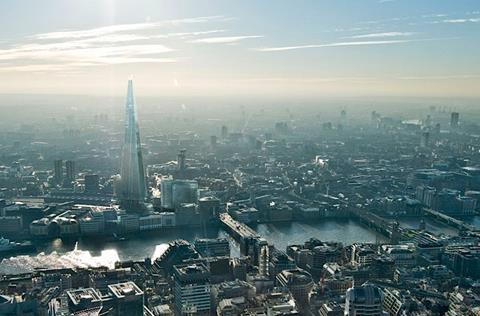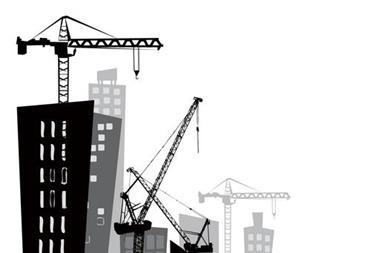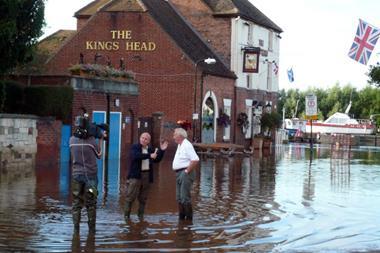The recession may have put a dampener on commercial property development, but big projects in the right locations are still possible

Speculative office development finance remains in short supply in London. But backing is still possible for a project in a good location, meaning that there is some new insurance business out there.
Cover for a big commercial office project in the City often starts as early as the pre-planning stage.
“We provide insurance through pre-planning, all the construction risks and in the operational phase,” says D W Denis Insurance Brokers director Mark Dutton.
“There are a multitude of exposures, and they change with the journey the building moves through. You need to be aware of things like rights of light, for example, and high wind speeds - all these are factored into the design.”
Close contact with developers, designers and structural engineers is important in the early stages.
Dutton says: “We’re heavily into the latent defects sector, where you don’t know if there’s a problem until after the building’s completed.” A latent defect policy can last for 12 years after completion.
After design and planning, cover moves into the construction phase, including all risks for contractors and subcontractors, and fire and burst pipes. Other specialist cover includes loss, destruction or damage; delay to contract with consequential loss in rental income or profit; excess of loss; public liability; and clause 6.5.1 non-negligence.
Large construction project exposures are typically arranged on a schedule basis, with multiple insurers each taking a per cent share.
After completion, operational building policies, such as property owners’ cover, kick in. “There’s a lot of capacity for property owners, so rates are competitive,” Dutton says. “It’s seen as easy business to write. It is good business.”
London’s skyline
The present
Once a tall building is in operation as a commercial office, cover differs little compared with other commercial property. “Rates are very low for modern skyscrapers. They are well engineered,” says D W Denis Insurance Brokers director Mark Dutton.
The future
A multitude of risks arise during the life of a building from pre-planning and throughout the construction journey. For a big, high-value office block the primary programme is usually split between, for example, five insurers taking 20% each. The schedule could cover contractors all risks; loss, destruction or delay to contract, with consequential loss; and material damage. Latent defects cover can cover longer periods of up to 12 years.
Global hotspots for tall buildings
New York
Commercial projects have slowed almost to a halt in New York: 2011 has been the first year since 2000 with no new office tower opening. The 105-storey 1 World Trade Center is under construction on the site of the former World Trade Center. A re-zoning project in Manhattan has cleared the way for the Hudson Yards development of several skyscrapers, of which the first will start construction next year, according to the New York Department of City Planning.
Hong Kong
The financial market in Hong Kong continues to drive strong demand for prime office space. Vacancy is around 5.6%, and new supply through to the end of 2014 is expected to hit 5.3 million square feet, averaging 1.3 million square feet a year.
Dubai
Demand for office towers is slowly regaining momentum as confidence returns to the global recession-wracked building
sector in Dubai.
However, the vacancy level for commercial property is still estimated at 40% across the country.
Mumbai
Mumbai’s premium office stock comprises 67 million square feet, of which 13 million square feet (19%) is unoccupied, estimates property investment adviser Jones Lang LaSalle. Planned tall buildings include the 126-storey India Tower, although construction is temporarily halted.
Hosted by comedian and actor Tom Allen, 34 Gold, 23 Silver and 22 Bronze awards were handed out across an amazing 34 categories recognising brilliance and innovation right across the breadth of UK general insurance.














































No comments yet